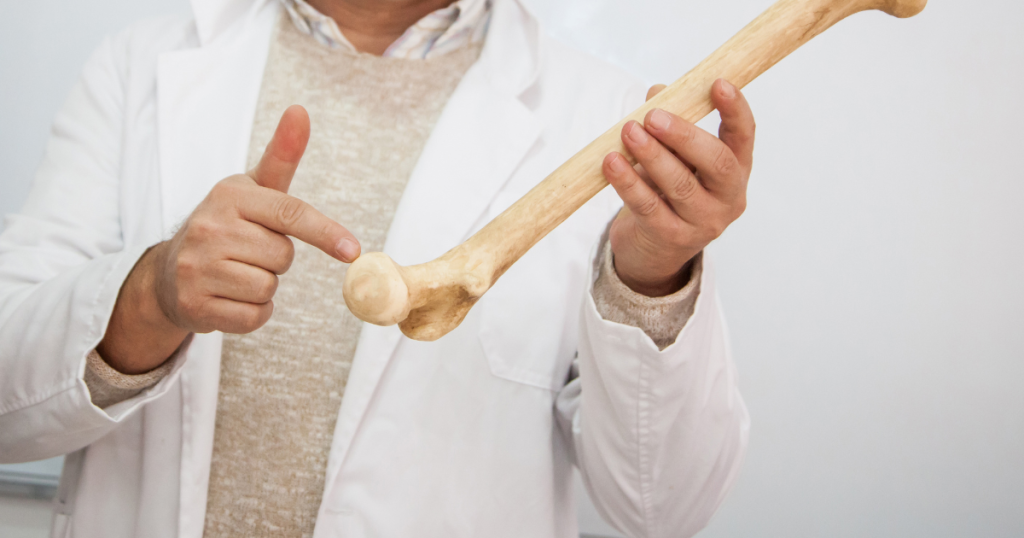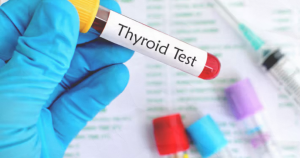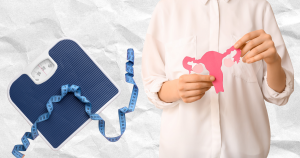
1. Introduction: Why Bone Health After 50 Matters More Than Ever
As we grow older, our bones tell a story — one of resilience, stress, and adaptation. But after 50, that story can take a sudden turn if bone density quietly declines. A simple fall that once left a bruise can now lead to a life-changing fracture.
At Wellgen Health, we believe that aging should never mean giving up your strength or independence. By focusing on early bone density screening and osteoporosis prevention, adults across Dallas, Canton, Mesquite, Greenville, and Arlington are staying stronger, longer — avoiding fractures and maintaining active, confident lifestyles.
To understand how bone health connects with comprehensive, non-surgical pain relief and musculoskeletal wellness, explore our pillar article: The Modern Pain Relief Playbook: Integrating Therapy, Interventional Treatments, and Osteoporosis Care for Chronic Pain.
2. Understanding Bone Density and Osteoporosis
Bone is living tissue — constantly breaking down and rebuilding. But with age, especially after 50, this balance shifts. The rate of bone loss overtakes bone formation, leading to osteopenia (low bone mass) and, if unaddressed, osteoporosis.
Osteoporosis makes bones porous and fragile, increasing fracture risk even from minor slips or bumps. It most commonly affects the spine, hips, and wrists, and progresses silently — often unnoticed until the first fracture occurs.
Key Facts:
- Women can lose up to 20% of their bone density in the first five years after menopause.
- Men over 70 are also at high risk, especially those with low testosterone or chronic illness.
- Osteoporosis is a major cause of chronic pain, limited mobility, and long-term disability — but it’s also largely preventable.
Learn more about comprehensive care for aging adults through Wellgen’s Geriatric Care Services.
3. Who Is Most at Risk (And Why It’s Not Just Women)
Osteoporosis is often labeled a “women’s disease,” but men represent nearly one in four osteoporosis cases.
The following groups are at higher risk:
- Postmenopausal women (due to estrogen loss).
- Men over 70, or younger men with low testosterone.
- Individuals with a family history of osteoporosis or hip fractures.
- Those who have taken steroids or anti-inflammatory drugs long-term.
- People with arthritis, thyroid disorders, or chronic pain conditions.
- Adults with sedentary lifestyles or limited physical activity.
- Smokers or heavy drinkers.
At Wellgen Health, we often see osteoporosis coexisting with arthritis and chronic pain, forming a cycle of reduced movement → bone loss → more pain. Addressing bone health is the key to breaking this cycle.
Visit Arthritis & Musculoskeletal Disorders Care to see how we integrate joint and bone care.
4. Early Warning Signs of Weak Bones You Shouldn’t Ignore
Osteoporosis is often called the “silent disease” because bone loss occurs without pain. However, subtle clues can appear before fractures happen:
- Gradual loss of height or stooped posture.
- Back pain caused by small vertebral fractures.
- Sudden, sharp pain after minor activity.
- Weak grip strength or balance problems.
- Slow healing after minor injuries.
If you’re experiencing any of these, it’s time to schedule a bone density scan — before the first fracture happens.
5. The Power of Bone Density Screening (DEXA Scan Explained)
A DEXA (Dual-Energy X-ray Absorptiometry) scan is the gold standard for detecting early bone loss. It’s painless, fast (under 15 minutes), and more accurate than a standard X-ray.
What It Measures:
- Bone Mineral Density (BMD) at the hip and spine.
- T-score (comparison to a healthy young adult’s bone mass).
- Z-score (comparison to peers of the same age and gender).
Why It Matters:
A DEXA scan can identify bone thinning years before fractures occur, allowing timely intervention through medication, nutrition, and lifestyle changes.
At Wellgen Health, we combine DEXA results with comprehensive metabolic and hormonal testing to uncover the root cause of bone loss — ensuring truly personalized osteoporosis care.
Learn more about our Chronic Pain Management and diagnostic capabilities that integrate bone health assessment.
6. Preventing Fractures: Practical Strategies for Everyday Strength
Fracture prevention goes beyond calcium tablets — it’s about protecting your skeletal structure through a full-body, functional approach.
Strength & Balance Training
Regular weight-bearing exercises like walking, resistance training, and yoga help stimulate bone growth and prevent falls.
Fall Prevention
- Install grab bars, non-slip mats, and good lighting.
- Use balance-improving exercises like tai chi.
- Review medications that cause dizziness or fatigue.
Pain & Mobility Management
Pain limits activity — and inactivity accelerates bone loss.
Through musculoskeletal rehabilitation and targeted pain management, patients regain confidence in movement.
Visit our Chronic Pain Management Program to learn how we restore strength without surgery.
7. Nutrition, Exercise, and Lifestyle for Stronger Bones
Nutrition for Bone Health
- Calcium: Aim for 1,200 mg daily (from dairy, greens, or fortified foods).
- Vitamin D: Supports calcium absorption — sunlight and supplementation help.
- Protein: Builds bone matrix and supports healing.
Magnesium, zinc, and vitamin K2: Important cofactors for bone metabolism.
Exercise
- Resistance training for muscle and bone strength.
- Posture exercises to prevent stooping and spinal compression.
- Balance training to reduce falls.
Lifestyle
- Avoid smoking and excessive alcohol use.
- Manage chronic illnesses like arthritis and thyroid disorders.
- Maintain a healthy weight — too low or too high both harm bone health.
These preventive strategies are most effective when started early — ideally before age 60, but beneficial at any stage.
8. How Wellgen Health Protects Bone Strength After 50
At Wellgen Health, we specialize in integrative, non-surgical bone and joint care designed for the 50+ population. Our approach combines:
- Comprehensive screening: DEXA scan, lab tests, and posture evaluation.
- Osteoporosis management: Evidence-based pharmacologic and lifestyle plans.
- Fall prevention programs: Tailored strength and balance exercises.
- Collaborative care: Rheumatologists, pain specialists, physiotherapists, and geriatric experts work together.
- Long-term follow-up: Regular monitoring ensures ongoing protection and adaptation.
Our mission is simple — to help adults in Dallas, Canton, Mesquite, Greenville, and Arlington remain strong, active, and fracture-free well into their senior years.
Explore our dedicated Geriatric Care Services and Arthritis & Musculoskeletal Programs for comprehensive support.
9. Your Next Step: Schedule Your Bone Density Screening Today
You’re never “too old” to rebuild strength — but you can be too late to prevent a fracture.
The key is early screening and proactive care.
Whether you’re managing chronic pain, dealing with arthritis, or simply want to maintain bone strength after 50, Wellgen Health offers a complete roadmap to resilience — grounded in science, compassion, and prevention.
Serving Dallas, Canton, Mesquite, Greenville, and Arlington, our specialists are here to help you stay stronger than your age.
Schedule your bone density screening today at your nearest location:
Find a Wellgen Clinic Near You



